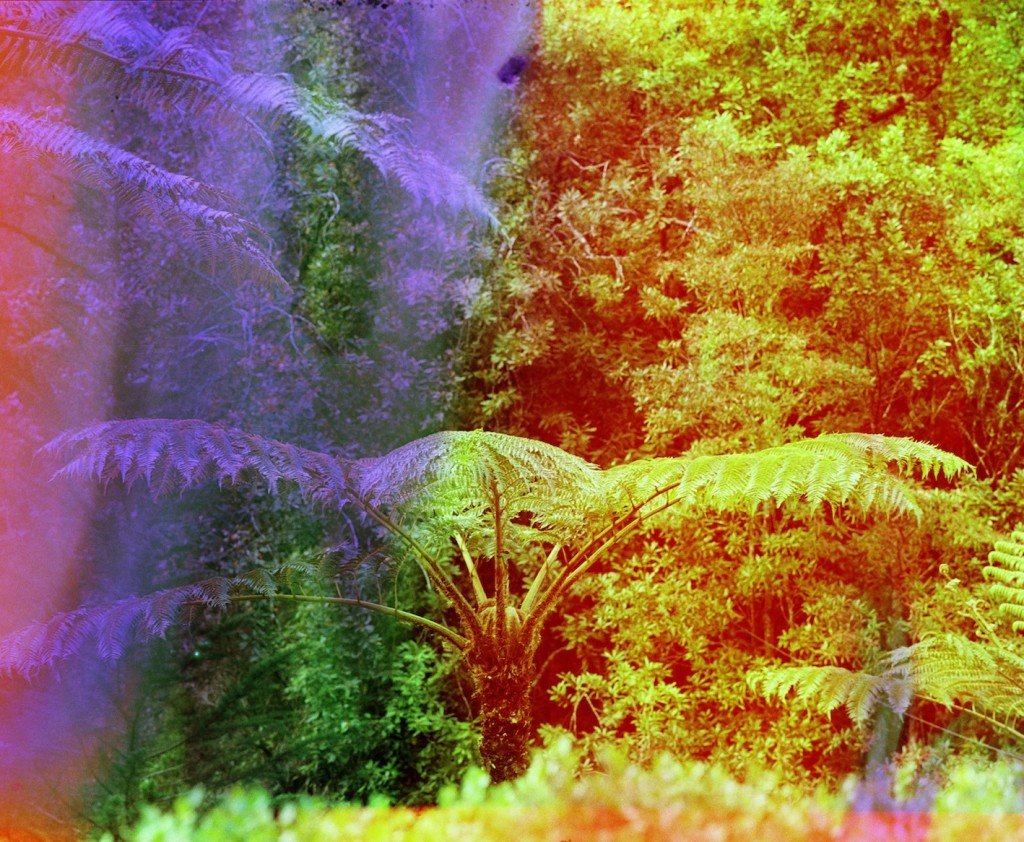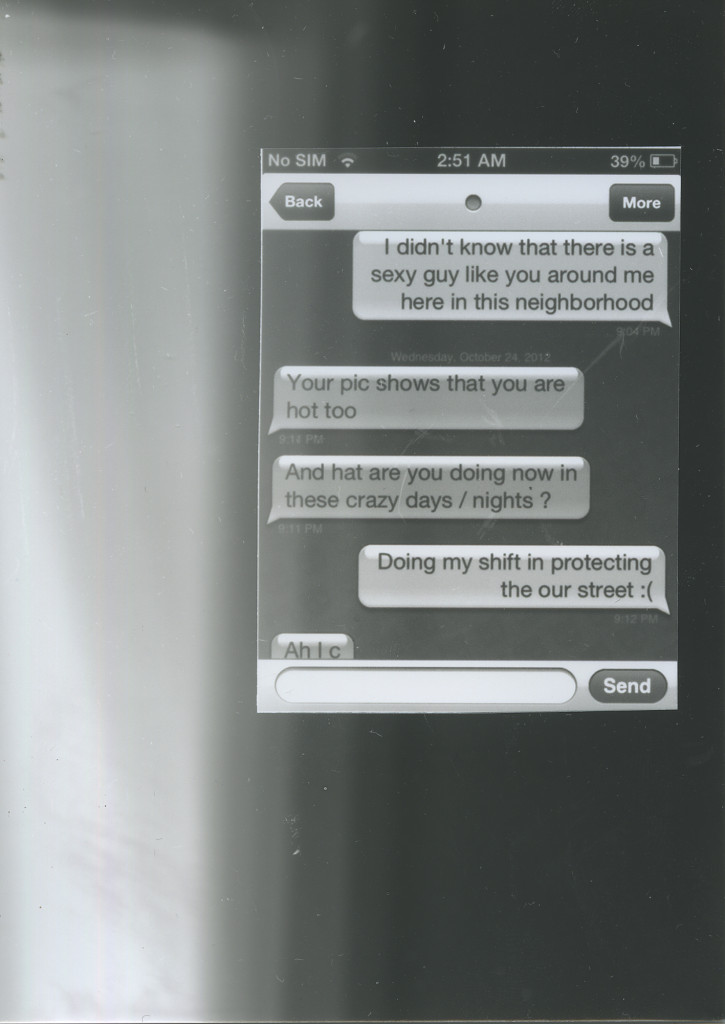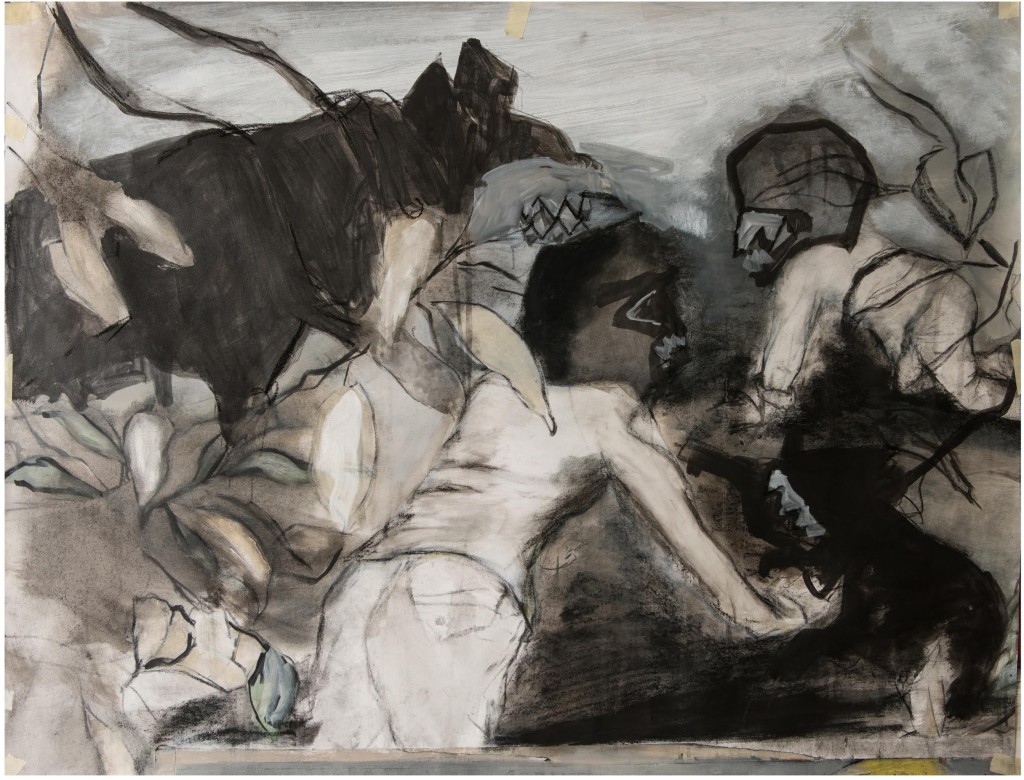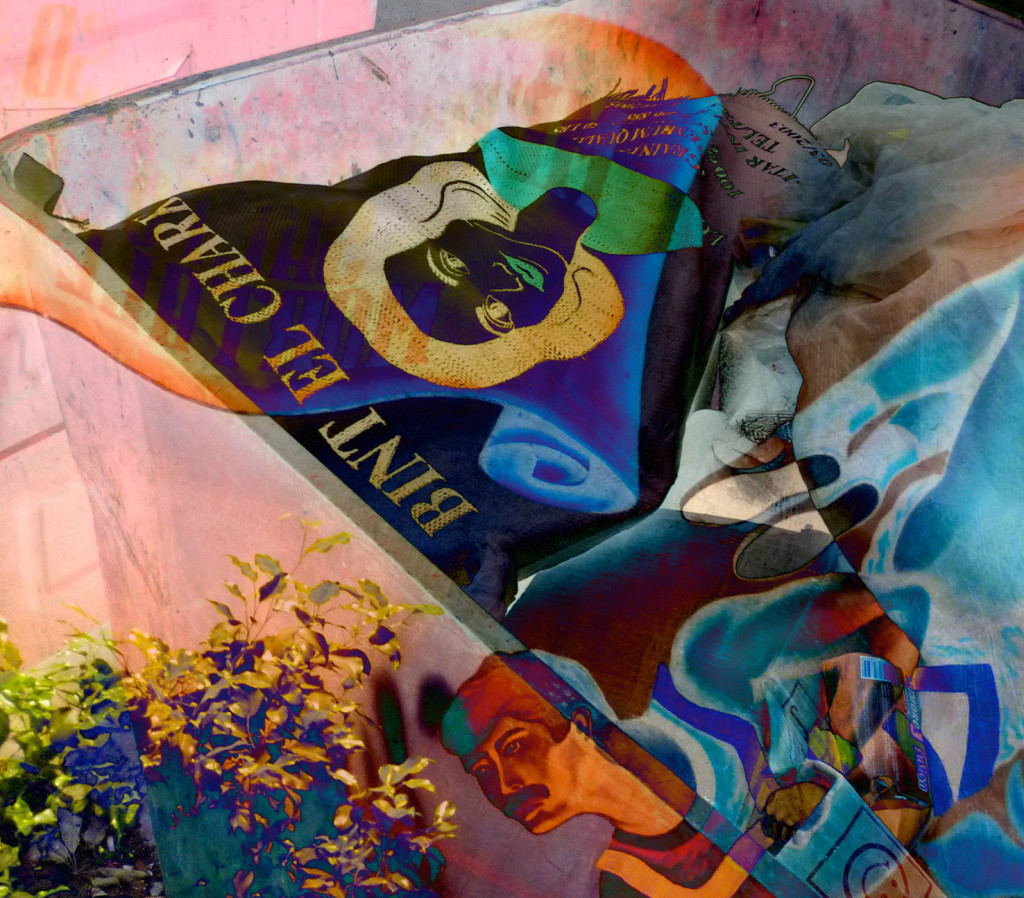
Last week, Dubai celebrated art from all over the world. From paintings to furniture, we explored the various mediums of expression.
There was something that caught our attention though: there was only one Egyptian gallery. Having stemmed from an ancient culture that left their entire history inscribed in every form of art, we were saddened by the fact that Egypt played a small role in the Middle Eastern art scene.
We tracked down Aleya Hamza, curator and founder of the sole Egyptian gallery in the event, Gypsum Gallery.

I sat with Aleya at Madinat Jumeirah, where the gallery was set up, over a cup of coffee. She was everything I didn’t expect from an art curator. Her warmth and bubbly attitude battled every preconceived stereotype I had in mind.
Aleya told me how she started the gallery in October 2013 in Zamalek with eight artists from around the world. Think Basel to Beirut. Not only was Gypsum the only Egyptian gallery at Art Dubai, but the youngest. Before Dubai, Gypsum just finished up with the Armory show in NYC. Gypsum was the only Egyptian gallery to ever participate.
“One thing I’ve been focusing on lately is being part of the art fair circle, that’s where Art Dubai comes in. Dubai is ultra important as a regional fair. It’s the biggest and most important. They have crazy amounts of curators and collectors. It’s very high profile, and on an international caliber,” she said.

She explained her focus on mid-career artists, who are fairly accomplished in the international art scene, but not visible in Egypt. This took me by surprise. “You mean, they’re recognized around the world, but not locally?” I asked.
Aleya explained the lack of a collector’s culture in Egypt: “There are very few people who collect contemporary art in Egypt. Of course, it’s more important to have an international reach. You can’t survive if you focus just on a local market, but I think it’s very important that Egyptians start collecting contemporary art. They need to be seriously collecting, and collecting seriously.”
“I found that there was no commercial gallery bridging a regional focus and international reach in Cairo,” she continued. “I focus very closely with artists, try to get them shows in good galleries, exchanges, and museums, produce work with them. It’s a very intimate and in-depth relationship”.

This specific show at Art Dubai displayed the work of five international artists (artworks pictured). I asked Aleya what she looks for in her artists and in their pieces.
“I look for art that’s progressive, experimental, pushes boundaries of different media, and even pushes traditional art. Art that’s much edgier than what people are used to; a bit harder to understand,” she said.
“I don’t value one media over the other, but I don’t love traditional work. Colors and technique isn’t good enough, anyone can do that. Talent isn’t enough, you need to actually push yourself to the utmost limit, and then push yourself some more,” she added.

“What I look for in artwork… that it’s very precise. Something that is elevated in a way that it has a physical impact on me. Mentally, emotionally, physically, I have to be taken by it. It has to operate on these three levels. If it engages me on these three levels, I’m sold.”
As we took the final sips of our coffee, Aleya made an extremely important point. Since 2011, Egypt has been making history. Everything is changing, culturally, politically and religiously. It’s in these times that we should be marking down our history as it happens so future generations can understand.
“Art isn’t just beautiful objects. Contemporary artists are reflecting the times they’re living. It’s a record of the times we live in. Things are changing at a dizzying speed,” Aleya said.
“It’s an intense time, so I think in the future; all of the practices of artists will talk about this moment. We need to collect and record it, and keep it to remember.”
WE SAID THIS: Don’t miss 10 Tips For Navigating Art Dubai 2015



